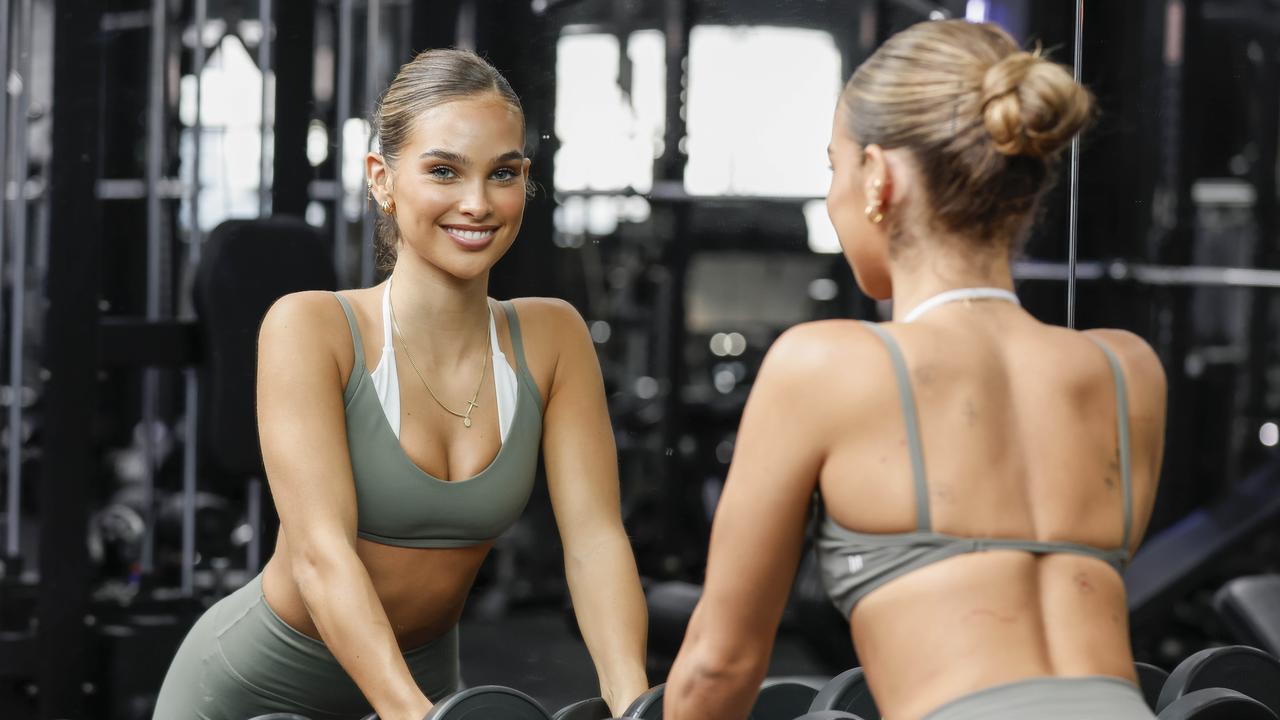Fact or fad: Ice baths are on the rise, but do they really work?
You’ve seen all your favourite wellness influencers tout the benefits of ice baths, but what are the cold hard facts?
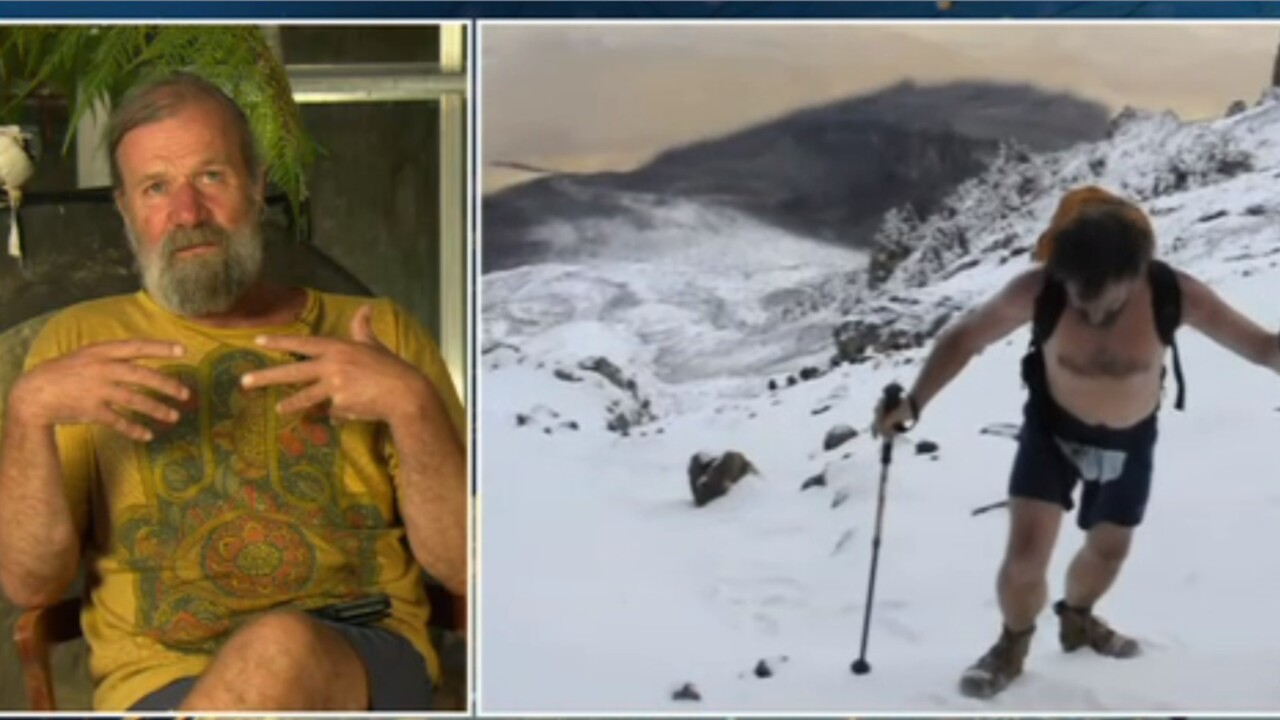
Health
Don't miss out on the headlines from Health. Followed categories will be added to My News.
Cold therapy was once reserved for elite athletes and biohacking enthusiasts.
Inspired by the Finnish tradition of alternating between a sauna and a plunge into icy water, this invigorating ritual is now spreading far beyond Scandinavian borders and across the globe.
In Australia, ice baths are appearing in gyms, wellness studios, and even suburban backyards, from Bondi to Byron Bay, as people embrace the trend.
Neil O’Sullivan, the CEO and Co-Founder of NIMBUS CO, a network of infra-red sauna and cold plunge studios, says that this surge is no accident.
“We live in an age where stress, burnout and overstimulation are at an all time high,” Mr O’Sullivan tells news.com.au.
“People are looking for simple, natural tools to feel better and support their physical and mental health.”
Cold therapy rituals offer a quick way to help us reset, he says, whether it’s via a full-body plunge, a cold shower, or simply splashing icy water on your face in the morning.
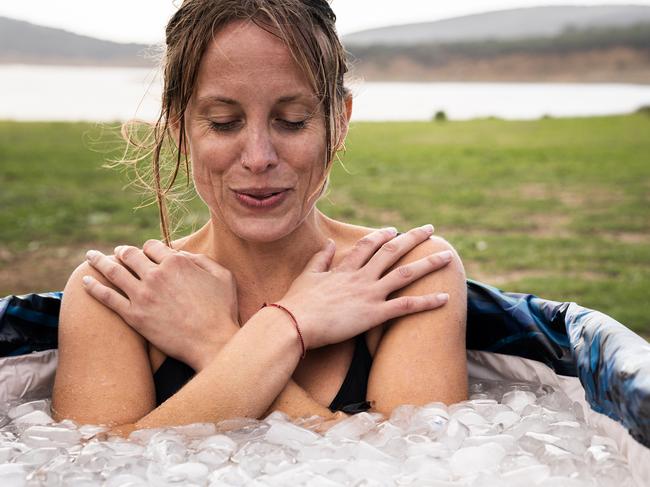
What does it involve, and what are the potential benefits?
Cold therapy, or cold exposure, involves deliberately exposing your body, or parts of it, to cold temperatures.
The benefits, according to Mr O’Sullivan, are seriously impressive, and a growing body of research backs this up.
According to the Cleveland Clinic, cold therapy may improve circulation and even assist with sleep.
Multiple studies have shown that cold water immersion can also promote basic post-sport recovery, making it a popular choice for athletes and daily exercisers.
Beyond physical benefits, cold therapy has also been linked to improved focus and a reduction in inflammation throughout the body.
However, what often surprises ice bath regulars the most is the effect they can have on people’s moods.
“It can build emotional resilience by activating the parasympathetic nervous system – essentially helping the body shift from fight-or-flight into rest-and-repair mode,” Mr O’Sullivan explains.
Studies have also shown that cold water immersion can trigger the release of endorphins and noradrenaline, which are associated with improved mood, focus and reduced stress.

Potential risks
While the benefits of ice baths are compelling, experts caution that ice baths are not without their risks.
Medical literature and leading health organisations warn of several potential dangers, especially for those with underlying health conditions.
Sudden immersion in icy water can trigger what’s known as a “cold shock” response, causing rapid breathing, a spike in heart rate and blood pressure, and even dizziness or fainting.
Prolonged exposure can also lead to hypothermia, which affects both physical and cognitive function and, in severe cases, can be life-threatening.
The cardiovascular system may also be impacted, as cold water can make the heart work harder, which can be an issue for anyone with heart disease, high blood pressure, or a history of stroke.
Experts suggest that anyone considering ice baths should consult a healthcare professional first.
Ice baths for women
As with many biohacking practices, there is a ‘gender research gap’, and the same applies to cold exposure.
Much of the scientific research regarding cold and heat exposure focuses on male biology, which means our understanding of its benefits and side effects for women remains somewhat limited.
However, emerging research suggests that women may experience cold therapy differently from men due to hormonal fluctuations, thermoregulation, and body composition.
In simple terms, our bodies regulate heat differently depending on gender.
Shifts during the menstrual cycle or perimenopause can influence how the nervous and cardiovascular systems respond to stressors like cold immersion.
Some studies have shown that the physiological responses, such as changes in heart rate variability or resting heart rate, may be less pronounced in women compared to men.
It also takes longer for women to return heat to vital organs compared to men.
However, that doesn’t mean cold therapy isn’t effective for women, and the effects have been observed across genders.
“There is no ‘one size fits all’ protocol, especially for women,” Mr O’Sullivan notes.
“Where you are in your life stage, or specific times in your cycle can largely impact how and when, or if, you should ice bath. It also means that temperature carries further importance. Women don’t need their ice bath to be as cold as men do”.

How to try cold therapy
If you’re keen to try cold therapy, you’ll be pleased to know that you don’t need an expensive set up or extreme temperatures to see results.
“Anything below 15°C can be effective. A cold shower, a dip in the ocean, or even standing outside in the cold with few layers on (depending on where you are in the world, of course) can unlock the same effects as a dedicated ice bath,” Mr O’Sullivan says.
If you are looking to ease into cold therapy, he recommends Wim Hof’s 30-day cold shower challenge.
The Wim Hof 30-day cold shower challenge
Option 1: Cold shower progression
Week 1: Finish your usual hot shower with 30 seconds of cold water
Week 2: Extend the cold part to 45 seconds
Week 3: Extend to 60 seconds
Week 4: Try doing the entire shower cold
If you’re feeling brave, a DIY ice bath can be easy and effective, too.
Option 2: DIY ice bath at home
Prepare the set up: Fill a bath or large tub with cold water and ice – aim for 10–15°C. For beginners, three bags of ice from a service station should be plenty.
Prepare yourself: Take three deep breaths to calm your nervous system before stepping in. On the third exhale, start entering the water.
Get in: Ease into the bath.
Stay for at least three minutes: That’s the average time it takes for the nervous system to switch from a stress state (sympathetic) to a recovery state (parasympathetic). If you can’t make three minutes on your first go, no stress – 30 seconds is still a win.
Ice bath tips
Breathe slowly throughout: The first 30 seconds are the hardest, Mr O’Sullivan says. That’s when your system is panicking. Deep, steady breaths help regulate this response.
Crossing your arms? That’s normal: It’s called the ‘dive reflex’ – your brain thinks you’re underwater and your body enters survival mode. Want to make it harder? Stretch your arms out or move them – it breaks your body’s thermal barrier and lets more cold in.
Clothing makes a difference: Bulky boardshorts can dull the cold. Budgie smugglers or nude? Much more intense.
Progress happens quickly: Most people who think they can’t last three minutes usually end up surprising themselves.
Shivering is normal (with limits): It’s your body producing heat via brown fat activation – a positive metabolic response. But if the shivers linger, that’s your cue to get out.
Don’t jump into a hot shower right after: Let your body reheat itself. That’s part of the process. Hot showers right after can cause skin burning or rob your body of the chance to restore balance naturally.
Want to warm up? Try light movements – air squats or arm swings.
Feeling off afterwards? That happens too: If you feel light-headed or tired, rest. Get into a blanket, have a hot tea or snack, and let your body recalibrate.
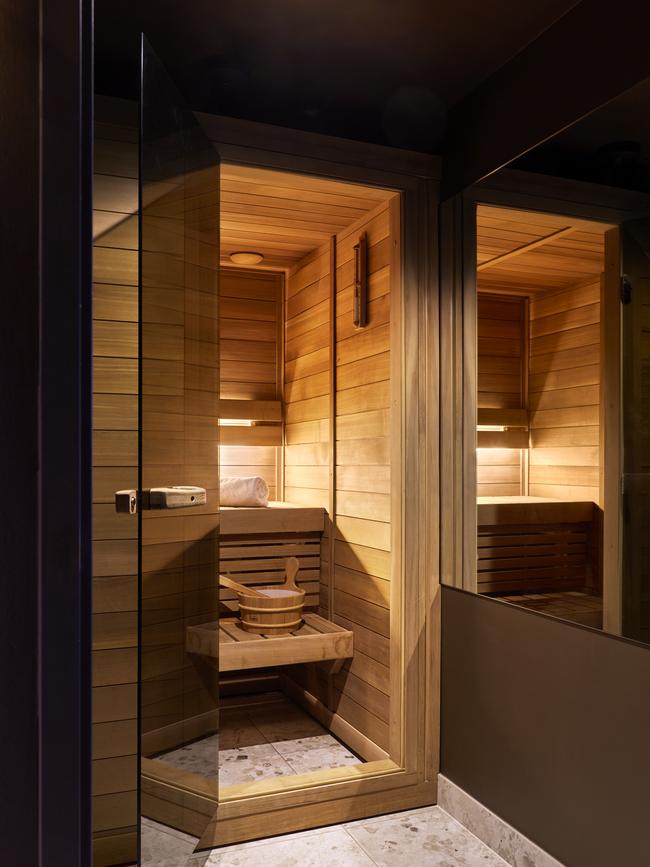
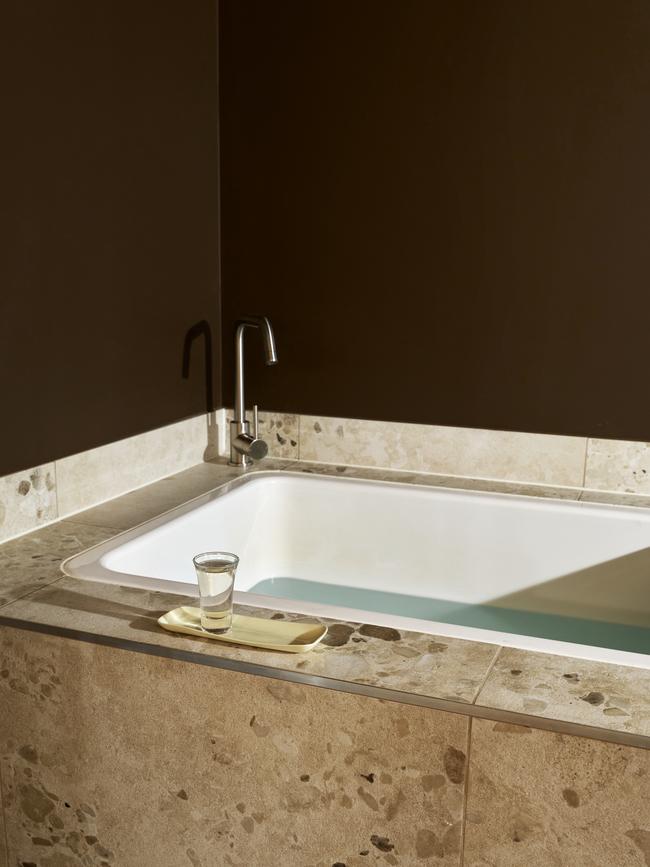
Contrast therapy
Another way to experience ice baths is through contrast therapy, which involves pairing a sauna with cold immersion. This has been shown to boost circulation, strengthen the cardiovascular system, and help recovery.
This occurs through the processes of vasoconstriction (blood vessels narrowing) and vasodilation (blood vessels expanding) simultaneously.
“We usually recommend 20–30 minutes in the infra-red sauna followed by one to three minutes in the ice bath,” Mr O’Sullivan says.
What’s the recommended weekly protocol?
Longitudinal studies emerging from Finland and Scandinavia suggest various weekly protocols to maximise benefits of cold exposure.
Dr Susanna Søberg, a scientist who specialises in metabolism, temperature exposure, and longevity, claims that seeing results doesn’t require hours of extreme therapy.
Based on her 2021 study, she suggests only 11 minutes of cold exposure weekly, divided into brief sessions, along with roughly 57 minutes of sauna use in 10 to 15 minute intervals.
This simple routine has been associated with benefits such as reduced blood sugar levels and improved cardiovascular health.
In other landmark studies conducted by Dr Jari Laukkanen, participants were followed for up to 20-30 years.
The research found that frequent sauna use (four to seven times per week, 15–20 minutes per session at 80–100°C) is linked to a significantly lower risk of cardiovascular disease, all-cause mortality, dementia, and Alzheimer’s disease.
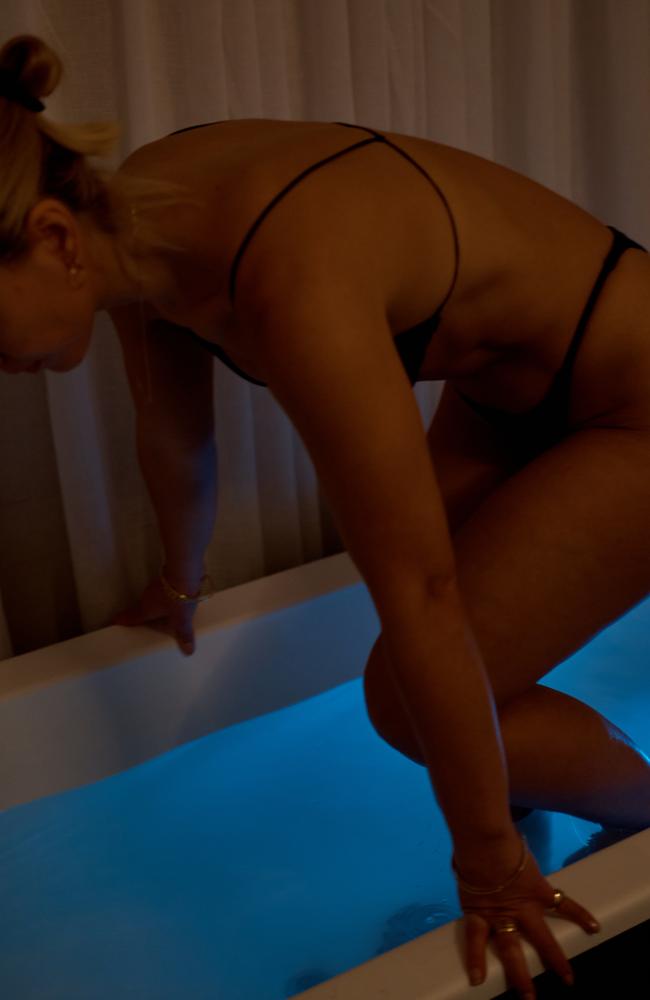
What’s next for cold therapy?
Looking ahead, Mr O’Sullivan predicts that cold therapy will become a staple for stress management, sleep hygiene, and even beauty routines.
“It’s not new – many cultures around the world have used it for centuries. But what we will see is its ubiquity among the average person and also how dynamic it can be in terms of use cases,” he says.
“We’re also seeing increased interest in pairing cold with breathwork and mindfulness, not just for performance but for emotional regulation and resilience. The perfect tool to fit stress management into personal or professional life.”
As for whether this is a fad or will stick around, Mr O’Sullivan is confident it will be used in years to come, “not just as a trend but as a long-term health tool”.
Originally published as Fact or fad: Ice baths are on the rise, but do they really work?




